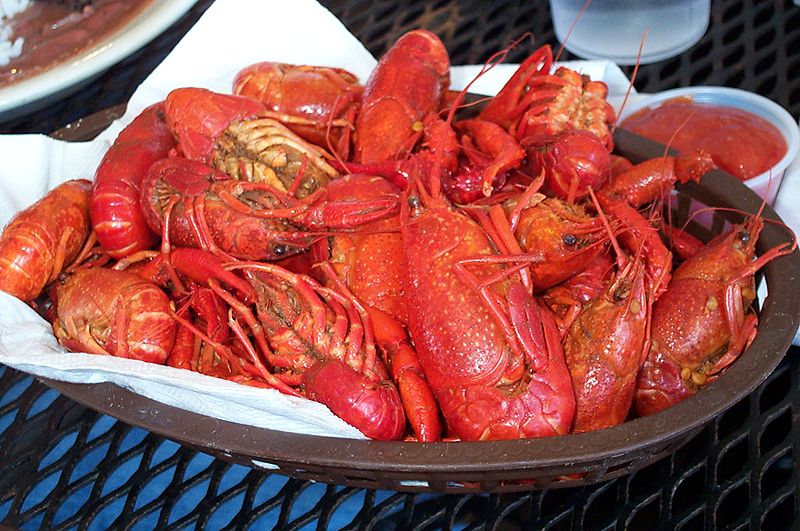Howard Fischer
Uppsala, Sweden
“It was an unbelievably sad thing to watch. Strong men being carried from their fishing boats to their homes—completely stiff and utterly helpless.”
– Witness to 1924 disease outbreak

In the history of medicine there are examples of diseases “rising and falling.” They appear abruptly, sicken or kill people for a period of time (which could be years or decades), and then change. They may become less virulent, change their geographic location, or even disappear. Smallpox, for example, disappeared because of concerted human efforts to eliminate the disease by a worldwide vaccination program.
In 1916, Dr. Constantin von Economo (1876–1931) described a condition he called encephalitis lethargica, also known as European sleeping sickness. The victims were most often between ten and thirty years old. The first cases were actually seen before the global influenza epidemic (“Spanish flu”) erupted. Patients became somnolent, sometimes comatose, febrile, and had paralysis of the extra-ocular (eye movement) muscles. No cause was found. The disease was prevalent until the start of the 1930s.1
Reye syndrome, first described by Australian pathologist Dr. Douglas Reye (1912–1977), affected children recovering from a viral infection, often influenza or chickenpox. It produced an acute encephalopathy and liver dysfunction. Children were the usual victims and sometimes died within two or three days of the onset of symptoms. The disease appeared in the US in the late 1970s and terrified parents in the American Midwest, an area of high disease incidence. Epidemiologic studies showed a clear association between taking aspirin during a viral infection and the development of Reye syndrome. After parents were advised to withhold aspirin from people younger than eighteen years old, the incidence of Reye syndrome dropped by over eighty-five percent.2
In 1924, at the Baltic Sea resort of Königsberg, Germany (since 1946, it has been Kaliningrad, Russia), fishermen and visitors became ill, especially at the northern end of the Vistula Lagoon. This illness became known as “Haff disease,” Haff being German for “lagoon.” Between 1924 and 1939, over 1,000 people developed Haff disease, and 18 (1.6 %) died.3 Patients had muscle weakness, nausea, vomiting, sweating, chest pain, and, virtually diagnostically, discolored urine. The urine was dark due to the presence of myoglobin, a protein normally found inside muscle cells. In this disease, muscle cells broke down (rhabdomyolysis) and myoglobin was found in the blood. This myoglobin, in sufficient quantities, could overwhelm the kidneys’ filtration capacity and cause renal failure. Victims of this illness had all eaten fish within the past twenty-four hours: eel, pike and burbot (“freshwater cod,” Lota lota). The disease appeared in the Soviet Union4 and in Sweden. The last cases in Sweden were in 1943, when two of eleven patients (18 %) died.5 The disease reappeared in the Soviet Union/Russia in 1947, 1960, 1975, 1984, and 2000. Haff disease appeared in the US in 1984,6 and again in 1997, 2010, 2011, and 2014. Cases were associated with eating buffalo fish (Ictiobus cyprihellus), crayfish (Procambarus clarkii), or salmon.7 Dozens of people took ill in Nanjing, China after eating crayfish in 2010, and in 2016.8
Although crayfish account for most of the cases of this disease, fishes not already mentioned include both the cowfish (Lactoria diaphana), and the boxfish (Ostracion cubicum, which caused an outbreak in Japan in 19929), pomfret10 (“butterfish,” Colossoma brachypomum), and southern yellowtail amberjack (Seriola lalandi, which produced 67 cases of illness in Brazil in 2007).11 A single case of haff disease was reported from Australia in 2021 after the consumption of snapper fish (Etelis oculatus).12
Diagnosis is based on a suggestive history, myoglobinuria, elevated blood levels of creatine phosphokinase (a muscle enzyme) as well as elevated blood levels of liver enzymes.13,14 The clinical picture of Haff disease is said to resemble that of marine (saltwater) palytoxin poisoning. This is a heat-stable aquatic neurotoxin produced by certain marine red algal dinoflagellates (unicellular organisms) and by Palythoa corals. It can be accumulated in several fish species, crabs, and other crustaceans. This is not a good explanation, as Haff disease results mostly from the ingestion of freshwater creatures (crayfish).15 However, palytoxin-like compounds have been found in samples of saltwater fish that produced Haff disease in Brazil.16
We still do not have the whole story.
References
- Oliwer Thomas and Peter Nilsson. “Sjukdomar och diagnoser som försvunnit- några exampel.” Svensk Medicinhistorisk Tidskrift, 26(1), 2022.
- “Reye syndrome.” Wikipedia.
- “Haff disease.” Wikipedia.
- Larisa Glazunova et al. “Spread of alimentary-toxic paroxysmal myoglobinuria – Haff disease (literature review).” E3S Web of Conferences 254, 2021.
- Elizabeth Ahern-Flynn and Mike Cadogan. “Haff disease.” Life in the Fast Lane, July 23, 2022. https://litfl.com/haff-disease/.
- Udo Bucholz et al. “Haff disease: From the Baltic Sea to the US shore.” Emerging Infectious Diseases, 6(2), 2000. https://doi.org/10.3201/eid0602.000215.
- Pei Pei et al. “The emergence, epidemiology and etiology of Haff disease.” Biomed Environ Sci, 32(10), 2019.
- Huilai Ma et al. “Outbreak of Haff disease along the Yangtze River, Anhui Province, China, 2016.” Emerging Infectious Diseases, 26(12), 2020.
- Glazunova et al. “Spread.”
- Pei et al. “Emergence.”
- “Haff disease.” Wikipedia.
- Ardash Das, et al. “Rhabdomyolysis following snapper fish consumption (Haff disease): A family affair.” BMJ Case Reports, 15(6), 2022.
- Thomas Chan. “The emergence and epidemiology of Haff disease in China,” Toxins, 8(12), 2016.
- Thomas and Nilsson. “Sjukdomar.”
- James Diaz. “Global incidence of rhabdomyolysis after cooked seafood consumption (Haff disease),” Clinical Toxicology, 53, 2015. https://doi.org/10.3109/15563650.2015.1016165.
- Christine Cardoso et al. “Haff disease in Salvador, Brazil, 2016-2021: Attack rate and detection of toxin in fish samples collected during outbreaks and disease surveillance.” Lancet Region. Health: Americas, 5(100092), 2022.
HOWARD FISCHER, M.D., was a professor of pediatrics at Wayne State University School of Medicine, Detroit, Michigan.
Highlighted Vignette Volume 15, Issue 3 – Summer 2023

Leave a Reply